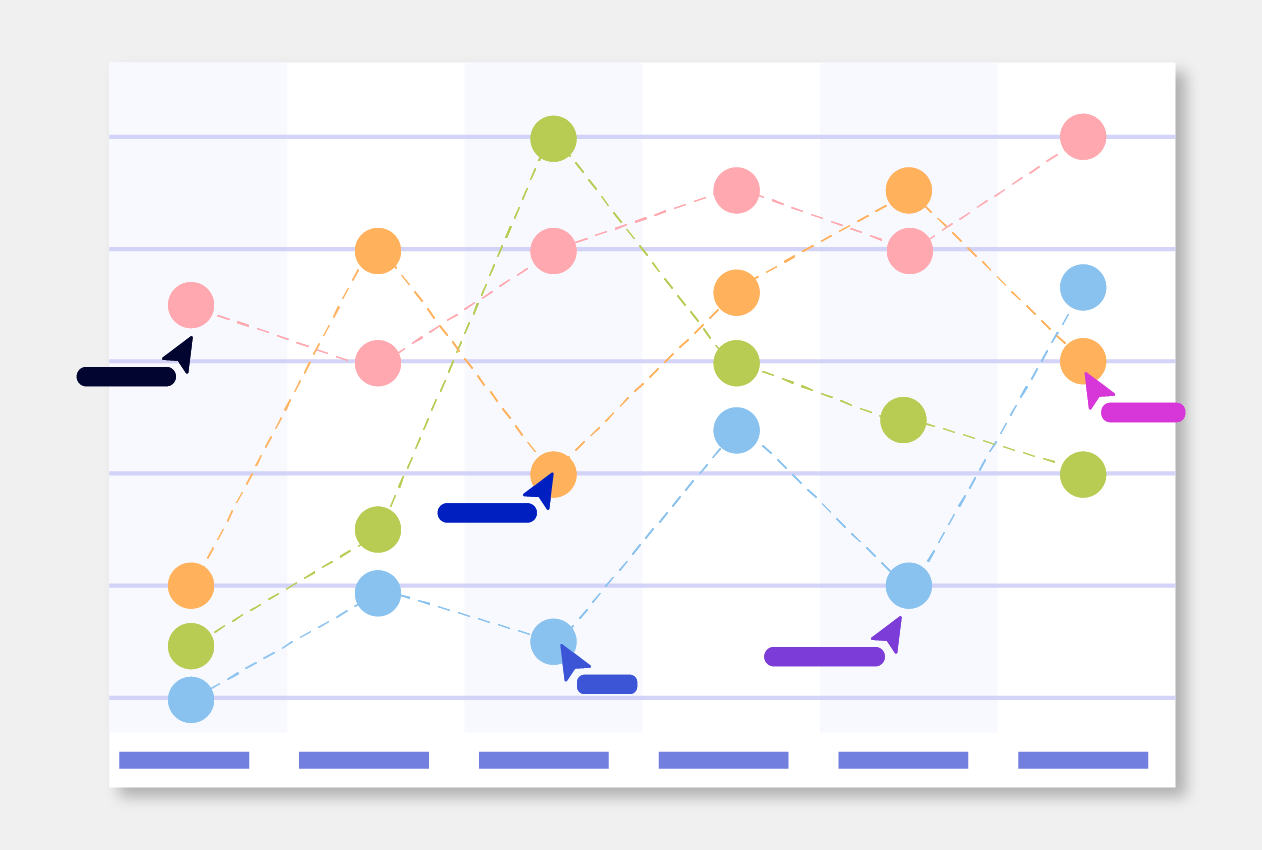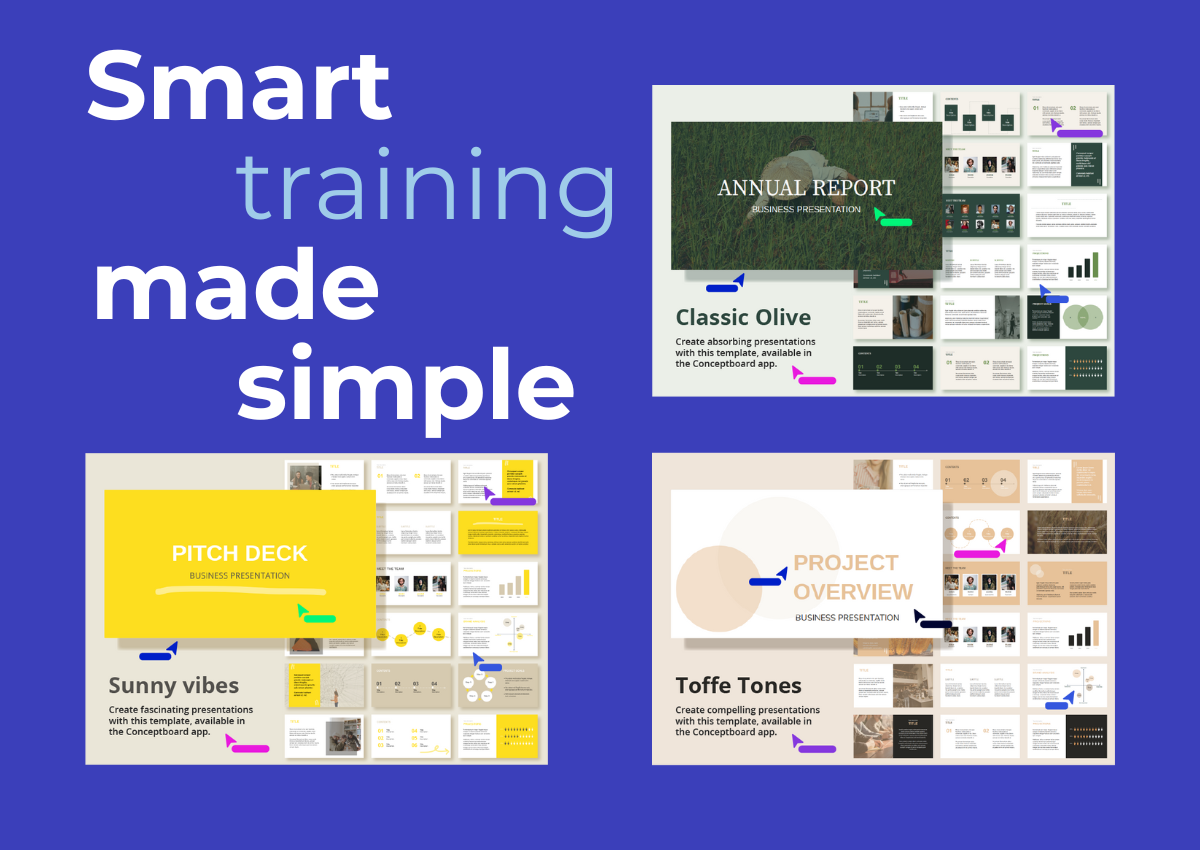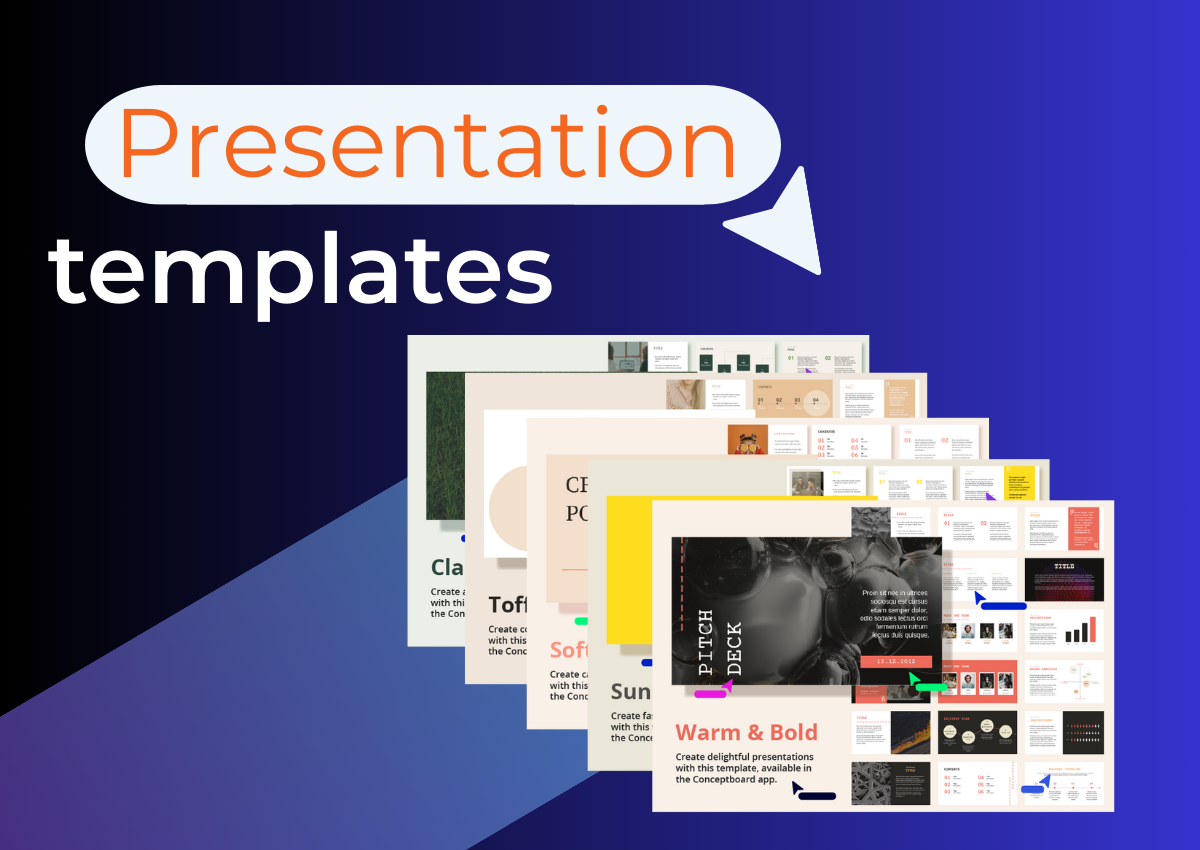This post is also available in: German
The Blue Ocean Strategy Canvas is derived from the Red and Blue Ocean Strategy. If you studied economics, you have probably heard of it before. If not, here is a short summary.
What’s the difference between Red and Blue Oceans?
The red ocean represents all industries and markets that exist today. Red because the water is colored blood red by massive competition and constant predatory rivalry. As the market becomes denser, existing and new companies compete more fiercely with each other for the limited demand of their customers – which is divided among all existing suppliers. Competition increases and the prospects for profit and growth decrease.
The blue ocean on the other hand, encompasses all industries and markets that do not even exist today. Unknown, unexplored and untouched by competition, these blue oceans are waiting to be discovered. They are vast and deep, and thus offer endless possibilities and opportunities for growth. If one is discovered, a new demand can be created by tapping into a new market. The chances of growing quickly and profitably are consequently high.
The idea of the Blue Ocean Strategy Canvas is to be a tool for discovering these blue oceans.
When do I use the Blue Ocean Strategy Canvas?
To make it work, you need to evaluate and analyze the needs of your customers, your own performance and the performance of your competitors. This concept can help to find new and creative ways to combine different factors or make them comparable with each other. In this way, one’s own offer or idea can be optimized, completely realigned or even a completely new idea can be developed.
Thanks to the template, the current status of an already known market can be mapped. It thus shows the most important factors for which the respective industry competes strongly; the offers available to the customer; and the strategic profiles of these competing offers. When used correctly, the value curves can provide a new perspective on the existing market and help to highlight problems or market segments that have been neglected or not yet tapped. Developing and placing your own ideas in these niches can mean a shift away from existing red oceans to new blue ones.
The Blue Ocean Strategy is especially helpful for:
- Market analysis
- Product development
- Brainstorming sessions
- Thinking outside the box
How does the Blue Ocean Strategy template work?
On the horizontal axis, factors or attributes are mapped that are crucial for competition. These may include price level, quality, size, or customer service.
The vertical axis forms the rating scale, where the pre-determined factors are assigned to a score.
Above the canvas, a legend with the help of various lines and symbols records which competing products are compared with each other.
In the factor columns, the symbols are assigned to a score according to the legend. If the same symbols are then connected with each other, several value curves are created.

1. Identify the competition. The first step is to figure out who you want to compare yourself to. The obvious choice is your direct competitors in the industry. However, you can also focus on offerings from other industries that address the same customer needs. For example, if you are an automotive manufacturer, other automotive manufacturers would be the obvious choice. But you could also include a travel company that focuses on its customers’ need for customization and independence.
So, when identifying your competitors for the Strategy Canvas, it’s critical never to lose sight of the customer’s perspective: What customer needs do I want to focus on and who addresses them?
2. Determine the decisive factors of the market situation. In the second step, you choose the comparison factors. Creativity is required. Again, think from the customers’ perspective: What do they value most? What is important to them? Also, try to take the perspective of your competitors’ customers. The more factors that are considered, the more meaningful the template will be. Try to focus on the important and crucial factors. But think out-of-the-box as well!
3. Evaluate the competition with the help of the canvas scale. In the third step, be careful not to evaluate alone. Maybe you are evaluating in a very subjective way? Discuss within your team the different products and services. If possible, you can also include personal customer feedback or the results of customer surveys.
4. Find and define your own Blue Ocean Strategy. In the last step, focus on defining your own strategy. Consider and analyse the completed canvas and think about how you can differentiate yourself from existing offerings. Where can you be better than the competition? Where might it not be necessary to be better? Be open-minded about completely new business models. Find your niche, your own blue ocean!
You want to know more?
The strategy was originally introduced by Renée Mauborgne and W. Chan Kim. Their book is constantly revised and updated, the latest version being:
-
- Blue Ocean Strategy, Expanded Edition: How to Create Uncontested Market Space and Make the Competition Irrelevant (2015)
Also, you can check out their latest book on the topic:
-
-
Blue Ocean Shift: Beyond Competing – Proven Steps to Inspire Confidence and Seize New Growth (2020)
-
By the way: The template is an excellent complement to our other methods, e.g. the Ansoff Matrix, the Product Vision Board and many more!
Give the Blue Ocean Strategy a try with your team today and see how easy it is to identify potential for market growth visually. Learn more about our growing template library and how to use them in the help center. Happy collaborating!






1 Comment. Leave new
Thank you for the post! I appreciate the time you spent putting together such a wonderful and helpful list!